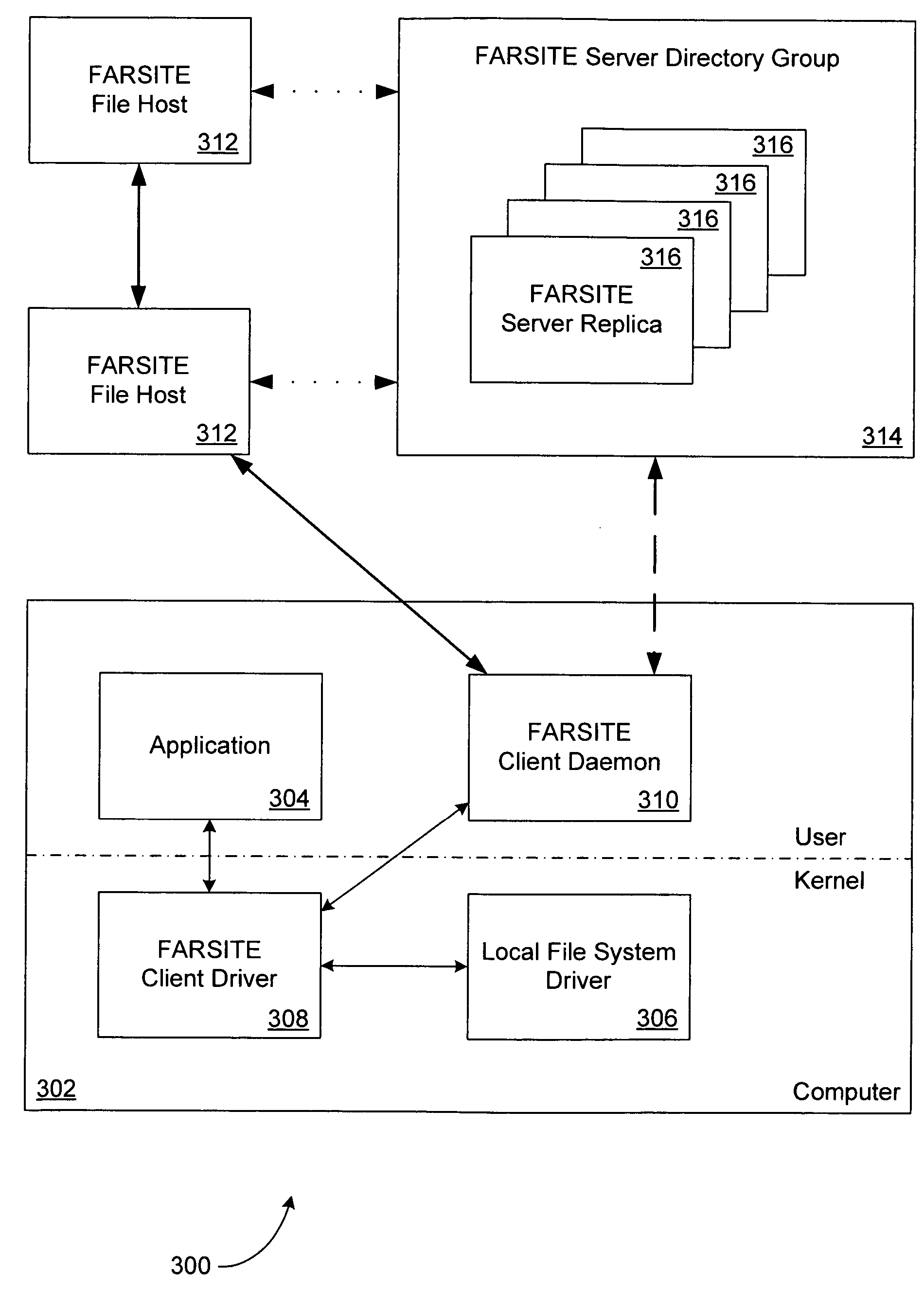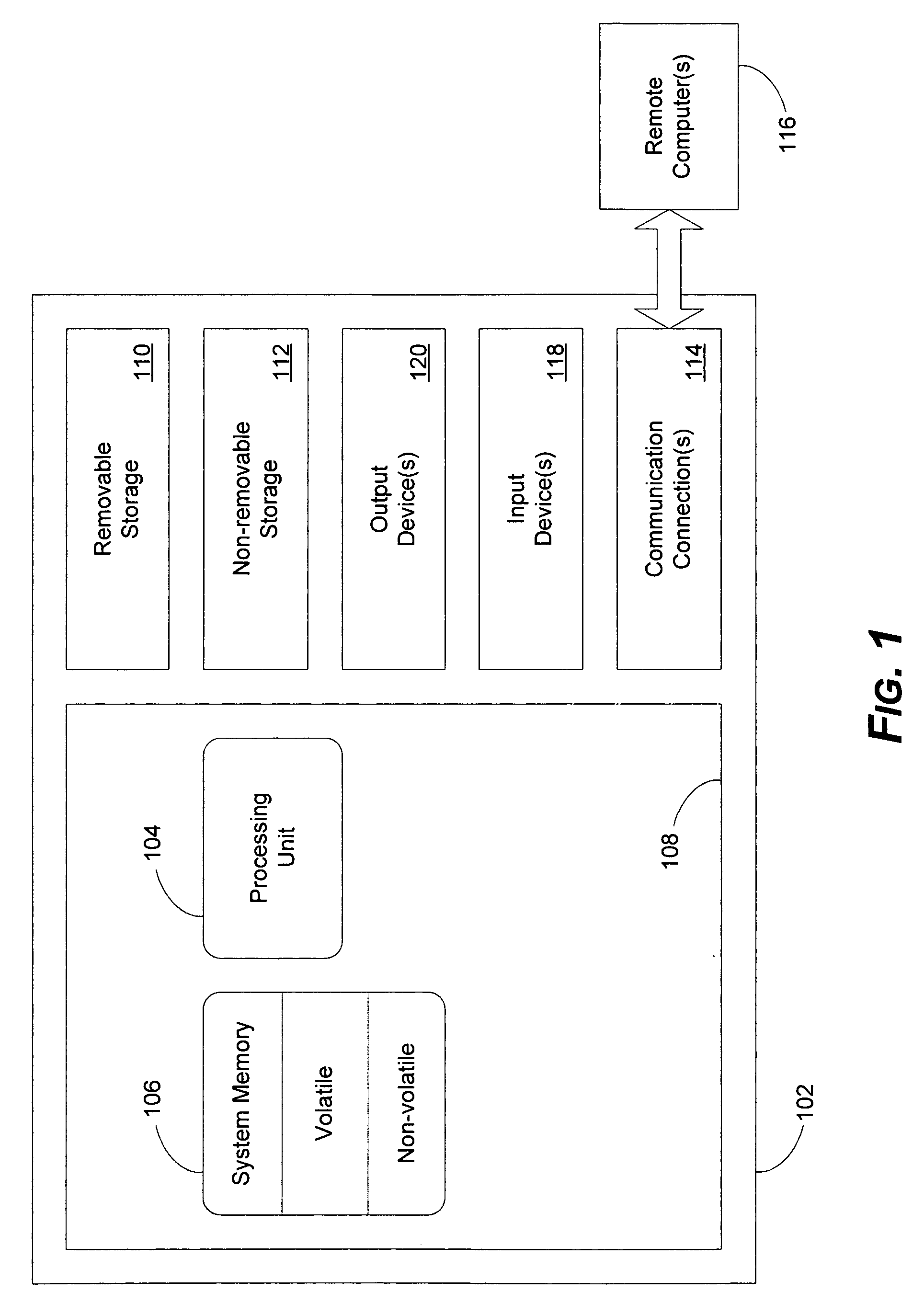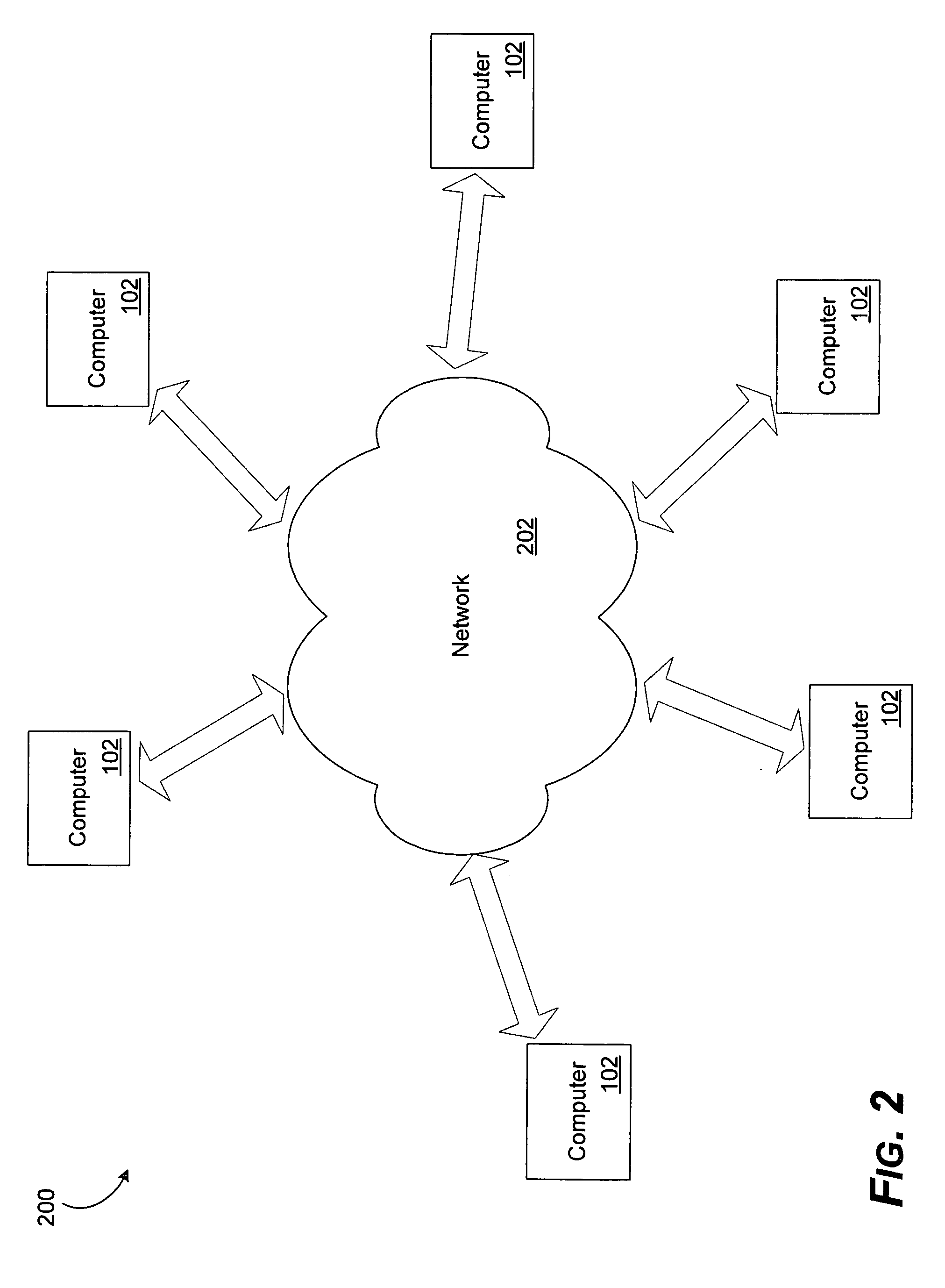Lossless recovery for computer systems with map assisted state transfer
- Summary
- Abstract
- Description
- Claims
- Application Information
AI Technical Summary
Benefits of technology
Problems solved by technology
Method used
Image
Examples
example details
[0114] Example details of active replica state 1206 and 1208 and the marshaled replica state shadow 1216 are described below with reference to FIG. 13. For example, the marshaled shadow 1216 may include shadowed versions of active replica state 1208 objects and a shadow map that facilitates insertion and / or update of shadowed objects independent of the class-specific object-graph navigation required for such operations on the active replica state 1208. The replica protocol layer modules 1210 and 1212 may create, instantiate, format, send, receive, parse and / or destroy replica operation messages 1218, MAST trigger messages 1220 and MAST update messages 1222. The marshal / unmarshal module 1214 may create, instantiate, format and / or update the marshaled shadow 1216 with data from the active state 1208 as well as creating, re-instantiating, formatting and / or updating the active state 1208 with data from the marshaled shadow 1216. The marshal / unmarshal module 1214 may also read, delete an...
PUM
 Login to View More
Login to View More Abstract
Description
Claims
Application Information
 Login to View More
Login to View More - R&D
- Intellectual Property
- Life Sciences
- Materials
- Tech Scout
- Unparalleled Data Quality
- Higher Quality Content
- 60% Fewer Hallucinations
Browse by: Latest US Patents, China's latest patents, Technical Efficacy Thesaurus, Application Domain, Technology Topic, Popular Technical Reports.
© 2025 PatSnap. All rights reserved.Legal|Privacy policy|Modern Slavery Act Transparency Statement|Sitemap|About US| Contact US: help@patsnap.com



